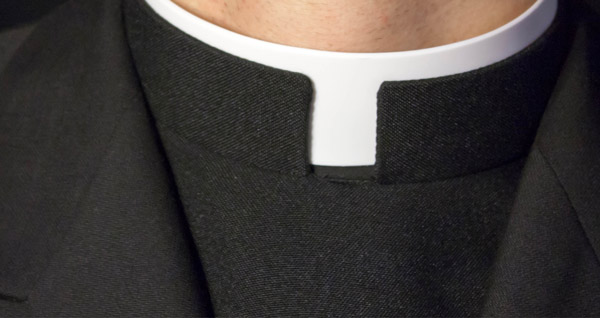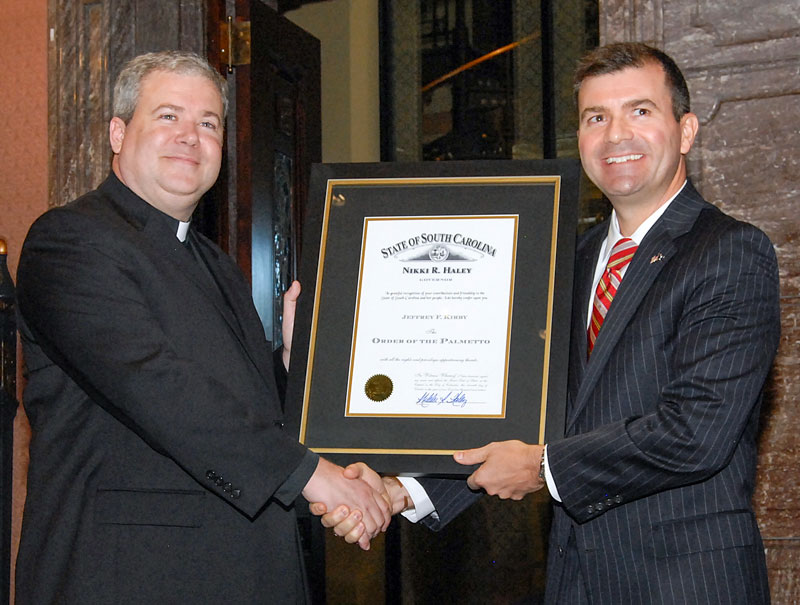Editor: In his March 8 “Questions and Answers” column in The Catholic Miscellany, Father Jeffrey Kirby answered the question “Why are there no saints from the Old Testament? Doesn’t even Moses qualify?”
I have been interested in that very subject because of my many pilgrimages to the Holy Land. The fact is that Moses is venerated as a Saint there, particularly on the Mount of the Transfiguration. He appeared there with the Prophet Elijah and conversed with Jesus. The basilica there has a chapel dedicated to each of them where Mass can be celebrated in their honor. It is a Latin/Roman rite church staffed by the Franciscans.
Not only that, but at the Cave of Elijah on Mount Carmel, facing the Mediterranean Sea, there is another place where Mass can be celebrated in his honor. At the other end of this small mountain range is Muhraka, where St. Elijah confronted the numerous pagan priests. His Mass can be celebrated at the church there as well.
The Carmelites consider St. Elijah as their founder and celebrate his Solemnity on July 20. It has frequently happened that a feast celebrated locally has been extended to the universal Church. An example of this is Corpus Christi, the Solemnity of the Body and Blood of Christ.
Since there are precedents in the Holy Land, perhaps the same can happen with the celebrations for these two special Old Testament saints.
I see two benefits from this. First, with the new lectionaries, Catholics are becoming more familiar with the entire Bible and many have been attending scripture studies. This would help us keep in mind such contributors to our Judeo-Christian heritage in a devout way.
Secondly, it could enhance Judeo-Christian relations by showing the Jewish people that Catholics honor Hebrew saints by such a universal liturgical commemoration.
This brings to mind a unique experience I had in the Holy Land. While celebrating Mass at the Mount of the Beatitudes, four college-aged Jewish girls came in and sat attentively against the back wall. As I was leaving, they approached me and expressed their surprise at hearing quotes from their Hebrew scriptures. I explained that we believe in them and that they have a part in our worship. I showed them the Hebrew readings in our lectionary.
Recalling this meeting later that day, I suddenly remembered that my intention for that Mass was the evangelization of the Jews, that they would enjoy the blessings of the New Covenant. And, suddenly, there I was at the end of that Mass answering the questions of those young Jewish women about our worship. It seemed clear to me that Divine Providence arranged this meeting as a sign to hope and pray for better fraternal relations.
Father Stanley Smolenski, spma
Kingstree



